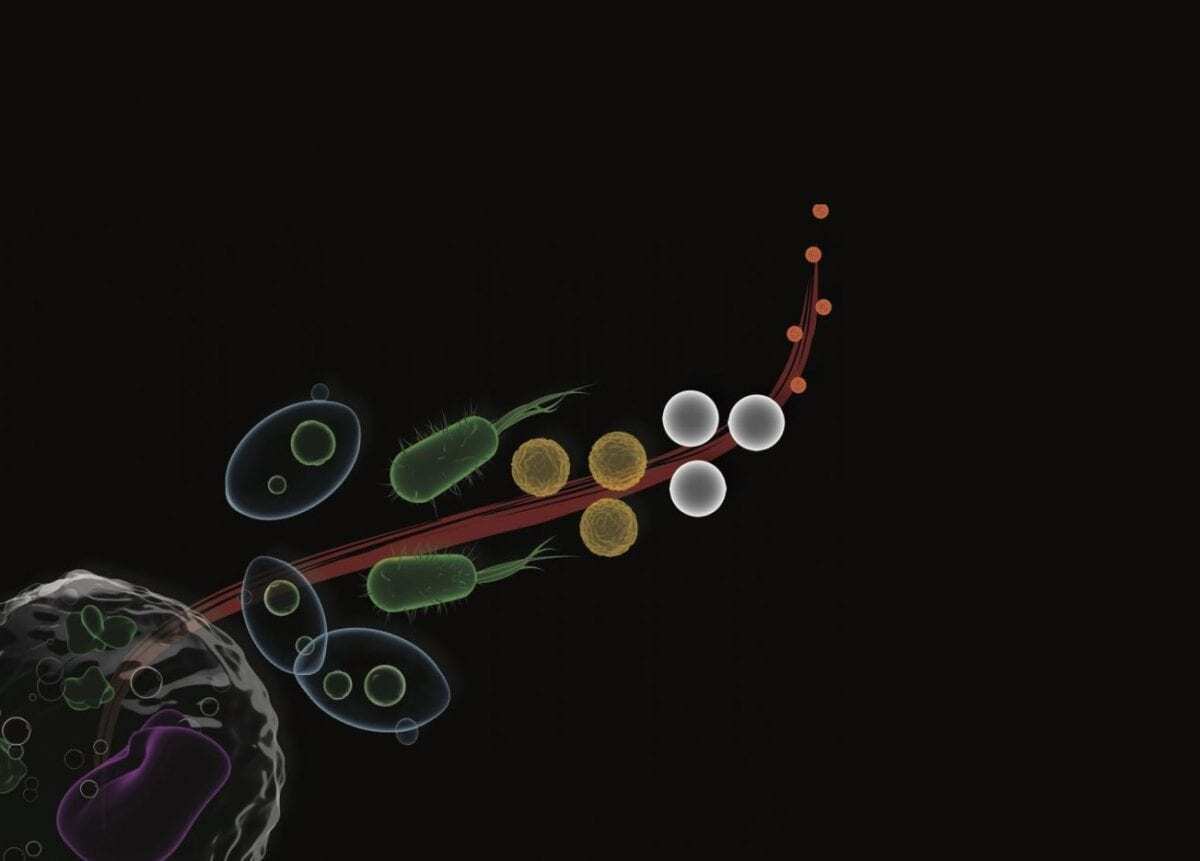For years, researchers have searched for the working principles of self-assembly that can build a cell (complex biological organism) as well as a crystal (far simpler inorganic material) in the same way.
Now, a team of scientists in Turkey has demonstrated the fundamental principles of a universal self-assembly process acting on a range of materials starting from a few atoms-large quantum dots up to nearly 100 trillion atoms-large human cells. Their method is highlighted in Nature Physics.
“To initiate self-assembly, either you force the system to deliver a specific outcome, or you use its inner dynamics to your advantage for universal outcomes. We followed the second approach,” says Dr. Serim Ilday of Bilkent University-UNAM, who lead the study.
The researchers not only demonstrated the self-assembly of simple as well as complex constitutes that are more than four orders of magnitude different in size and mass. They all come together following a sigmoid function, also known as the S-curve. Curiously, they also observed that the individual deviations from the S-curves follow the statistics of the Tracy-Widom distribution, which manifests in diverse, social, economic, and physical systems.
“Serim and I were attending a math seminar, where we first saw this particular distribution. Serim looked at me and said, ‘that’s it; we need to search for it,’ and we did.” says Dr. F. Ömer Ilday of Bilkent University-UNAM, Physics, and Electrical and Electronics Engineering, co-author of the paper.
The seminar was given by Dr. Gökhan Y?ld?r?m of Bilkent University-Mathematics, another co-author, says, “After the seminar, they approached me, the idea was fascinating, and we started working on it immediately.” Dr. Ghaith Makey, the first author of the paper, adds, “What motivates us nowadays is to predict and study new examples of systems in Tracy-Widom universality, and understand why it manifests in very many different systems.”.
The team further demonstrated how their method could be useful for practical applications. “The possibilities are endless. For instance, an unknown infection is detected at a hospital’s ICU. Instead of waiting for hours or days to identify the culprit pathogen, within minutes, you can take a sample, add candidate drugs, see if they put an end to the infection.” says Dr. E. Doruk Engin of Ankara University-Biotechnology Institute. “It was unbelievable to see how easily living organisms could be manipulated within seconds,” says Dr. Özgür ?ahin of Bilkent University-Molecular Biology and Genetics, and also of the University of South Carolina.
Dr. Hilmi Volkan Demir of Bilkent University-UNAM, Physics, and Electrical and Electronics Engineering and also of NTU Singapore, a co-author of the paper, adds “such instant control over tiny speedy quantum matter is in many ways beyond the capabilities of current technology. It can have a real impact on nanotechnology.”
Researchers emphasize that this is by no means the end of the story, that self-assembly research has a long and rough road ahead in discovering and practicing mother nature’s principles.
Dr. Serim Ilday adds, “Possible practical uses aside, our method is a great tool for exploring the physics of how driven systems evolve far from equilibrium. This includes epidemics; in fact, our preliminary analysis of COVID-19 data suggests that its fluctuations may be following the Tracy-Widom statistics just like our system.”. Dr. F. Ömer Ilday adds, “More interestingly, our analytical model fits COVID data better than the S-curve. Seeing all these, we decided to investigate the physics of the pandemic promptly.”
BILKENT UNIVERSITY FACULTY OF SCIENCE
Header Image – Self-ssembly dynamics of 3nm quantum dots, 500 nm polystyrene spheres, 0.7 μm Micrococcus luteus bacterial cells, 1 μm x 2 μm Escherichia coli bacterial cells, 5 μm Saccharomyces cerevisiae yeast cells, and 15 μm human mammary gland cells collapse into a single sigmoidal curve. Credit : Dr. Ghaith Makey, Bilkent University UNAM and Department of Physics.







